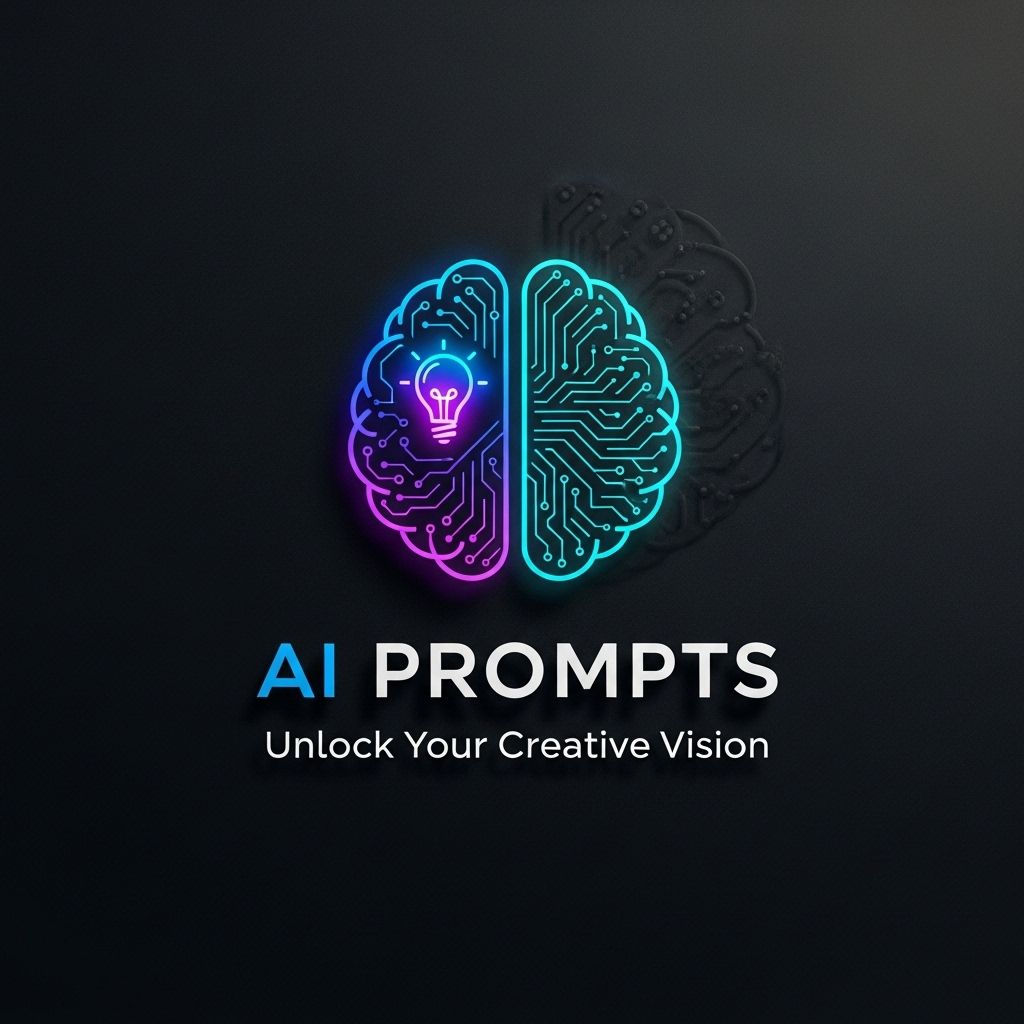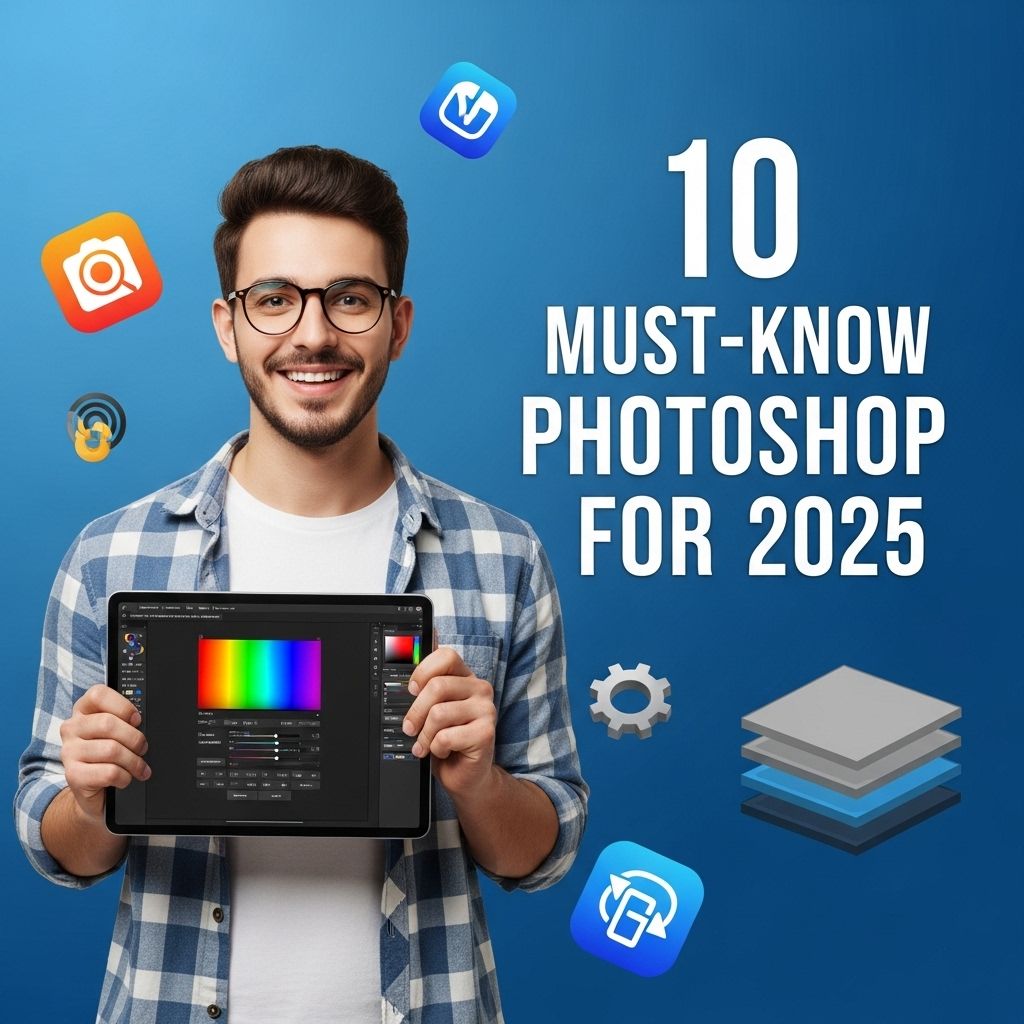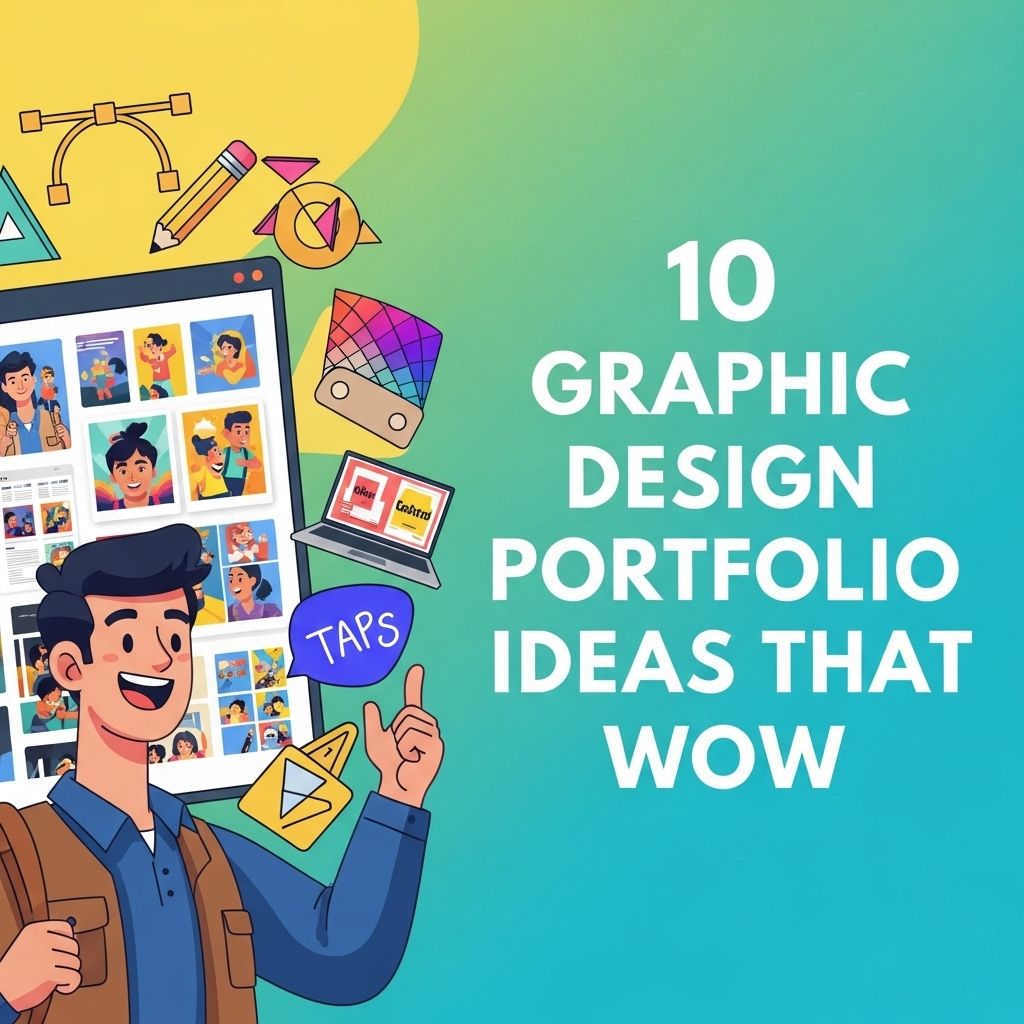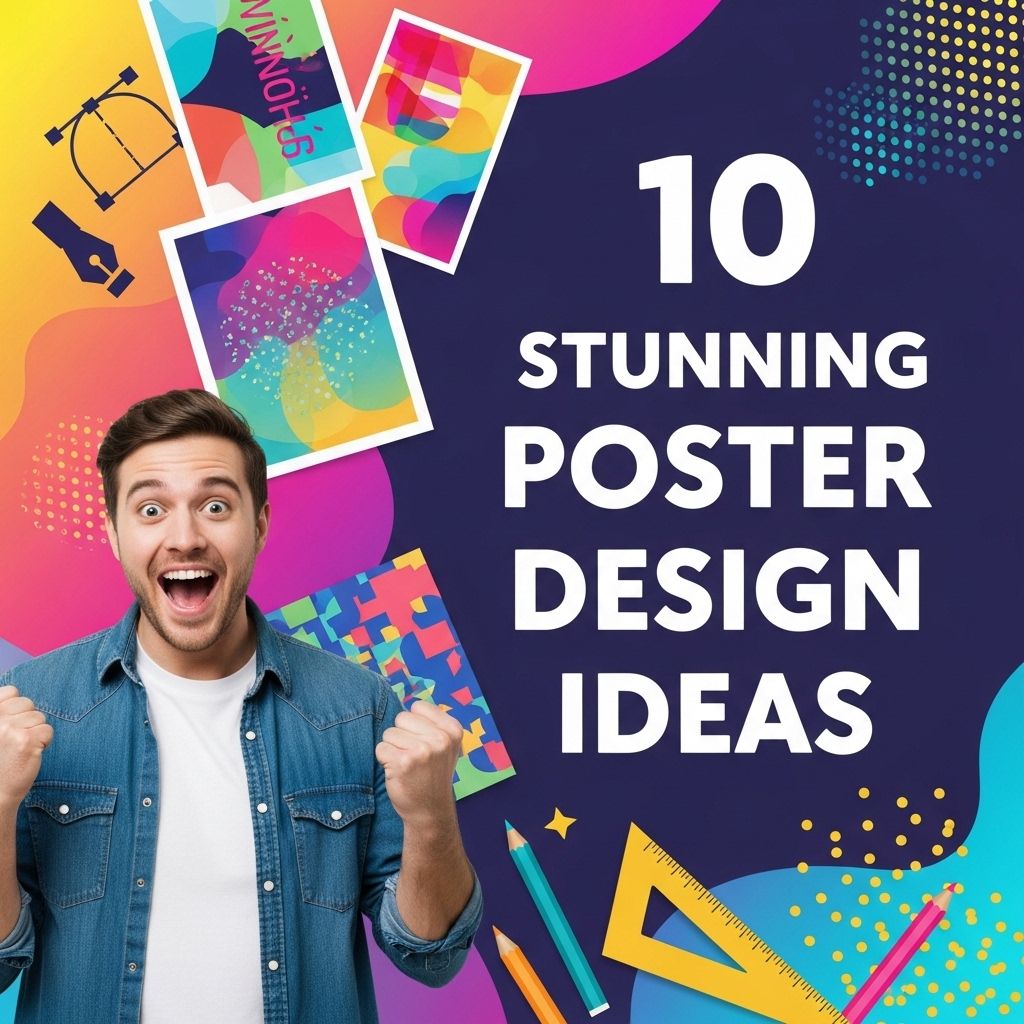In the ever-evolving landscape of design, artificial intelligence has emerged as a powerful ally for creators seeking to produce stunning logos. The marriage of technology and creativity allows designers to explore new frontiers, generate unique concepts, and streamline workflows. This article delves into the world of AI-driven logo design, providing innovative prompts that can inspire your creative process.
The Role of AI in Logo Design
AI has revolutionized the design industry by offering tools that enhance creativity and efficiency. With the ability to analyze vast datasets of existing logos and design trends, AI can suggest innovative design elements, color palettes, and typography that resonate with target audiences. Here are some of the key roles AI plays in logo design:
- Generation of Ideas: AI tools can provide an array of concepts based on specific input keywords.
- Style Adaptation: Designers can explore different styles by prompting AI to generate logos in various artistic directions.
- Color Recommendations: AI can analyze color combinations that appeal to specific demographics or industries.
- Rapid Prototyping: Designers can quickly create multiple iterations, streamlining the feedback and revision process.
Creative AI Prompts for Logo Design
To harness the potential of AI in your logo design process, consider using the following prompts that can guide your exploration:
1. Industry-Specific Concepts
Start by defining the industry and let the AI generate logos that reflect its characteristics. For example:
- Healthcare: “Generate a logo that combines elements of health and technology, using a soothing color palette.”
- Finance: “Create a logo that conveys trust and stability with modern geometric shapes.”
2. Inspirational Themes
Use themes that resonate with your brand’s mission or vision. Examples include:
- Innovation: “Design a logo that embodies the future of technology with sleek lines and a futuristic font.”
- Sustainability: “Generate a logo that incorporates natural elements and green colors to reflect eco-friendliness.”
3. Cultural Elements
Invoke cultural motifs to create logos that speak to specific audiences:
- Local Artistry: “Create a logo that integrates traditional art forms from the region of [insert region].”
- Diversity: “Generate a logo that symbolizes unity and inclusivity, using diverse color palettes and shapes.”
Exploring Different Styles
AI can also help you experiment with various design styles. Here are some prompts for different aesthetics:
1. Minimalist Design
Minimalism is a powerful design approach that focuses on simplicity and clarity. Try these prompts:
- “Create a minimalist logo using only two colors and a simple geometric shape.”
- “Generate a logo with negative space that cleverly integrates the brand’s initials.”
2. Vintage and Retro
For a nostalgic touch, consider these prompts:
- “Design a logo with a retro color scheme reminiscent of the 70s, featuring a vintage font.”
- “Generate a logo that captures the essence of old-school craftsmanship, using classic design elements.”
3. Futuristic Concepts
To create a forward-thinking logo, explore these ideas:
- “Generate a logo that employs 3D effects and gradient colors to evoke a sense of innovation.”
- “Create a logo that incorporates elements of artificial intelligence or robotics.”
Utilizing AI Tools
Several AI tools are available to aid in the logo design process. Here’s a table summarizing some popular options:
| Tool Name | Features | Best For |
|---|---|---|
| Looka | Generates logos based on user preferences and industry. | Startups and small businesses |
| Canva | User-friendly interface with AI-enhanced design suggestions. | Beginners and non-designers |
| Tailor Brands | Customizable logos with extensive branding tools. | Entrepreneurs seeking a comprehensive branding solution |
| LogoMakr | Simple drag-and-drop logo creation with AI suggestions. | Quick, easy logo creation |
Best Practices for Integrating AI with Human Creativity
While AI can be a powerful tool, integrating it with your creative instincts is crucial for successful logo design. Here are some best practices:
- Use AI as a Starting Point: Treat AI-generated logos as a foundation to build upon rather than the final product.
- Iterate and Refine: Combine AI output with manual adjustments to create a unique design.
- Stay On-Brand: Ensure that the final logo aligns with your brand’s identity and message.
- Seek Feedback: Use peer reviews to gather insights on AI-generated concepts before finalizing decisions.
Conclusion
The integration of AI in logo design opens up exciting possibilities for both seasoned designers and newcomers. By utilizing innovative prompts and embracing the capabilities of AI tools, you can streamline your design process and unleash your creative potential. Remember, the best logos are a harmonious blend of technology and human ingenuity, producing designs that truly resonate with audiences.
FAQ
What are AI prompts for logo design?
AI prompts for logo design are creative suggestions or cues generated by artificial intelligence to inspire the creation of unique and visually appealing logos.
How can I use AI prompts to create a stunning logo?
You can use AI prompts by inputting keywords related to your brand, and the AI will generate design ideas, color schemes, and styles that can guide your logo creation process.
What makes a logo stunning and effective?
A stunning logo is memorable, versatile, and reflects the brand’s identity. It should be simple yet distinctive and work well across various mediums.
Can AI-generated logos be customized?
Yes, AI-generated logos can be customized to fit your specific needs, allowing you to adjust colors, fonts, and shapes to better align with your brand vision.
Are there any tools that use AI for logo design?
Yes, there are several AI-powered logo design tools available, such as Looka, Canva, and Hatchful, which can help you create professional logos quickly and easily.
What are the benefits of using AI in logo design?
Using AI in logo design can save time, provide a wide range of creative options, and help you explore new design trends, making the process more efficient and innovative.




